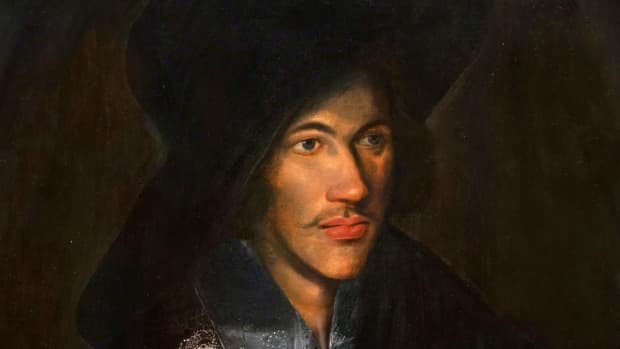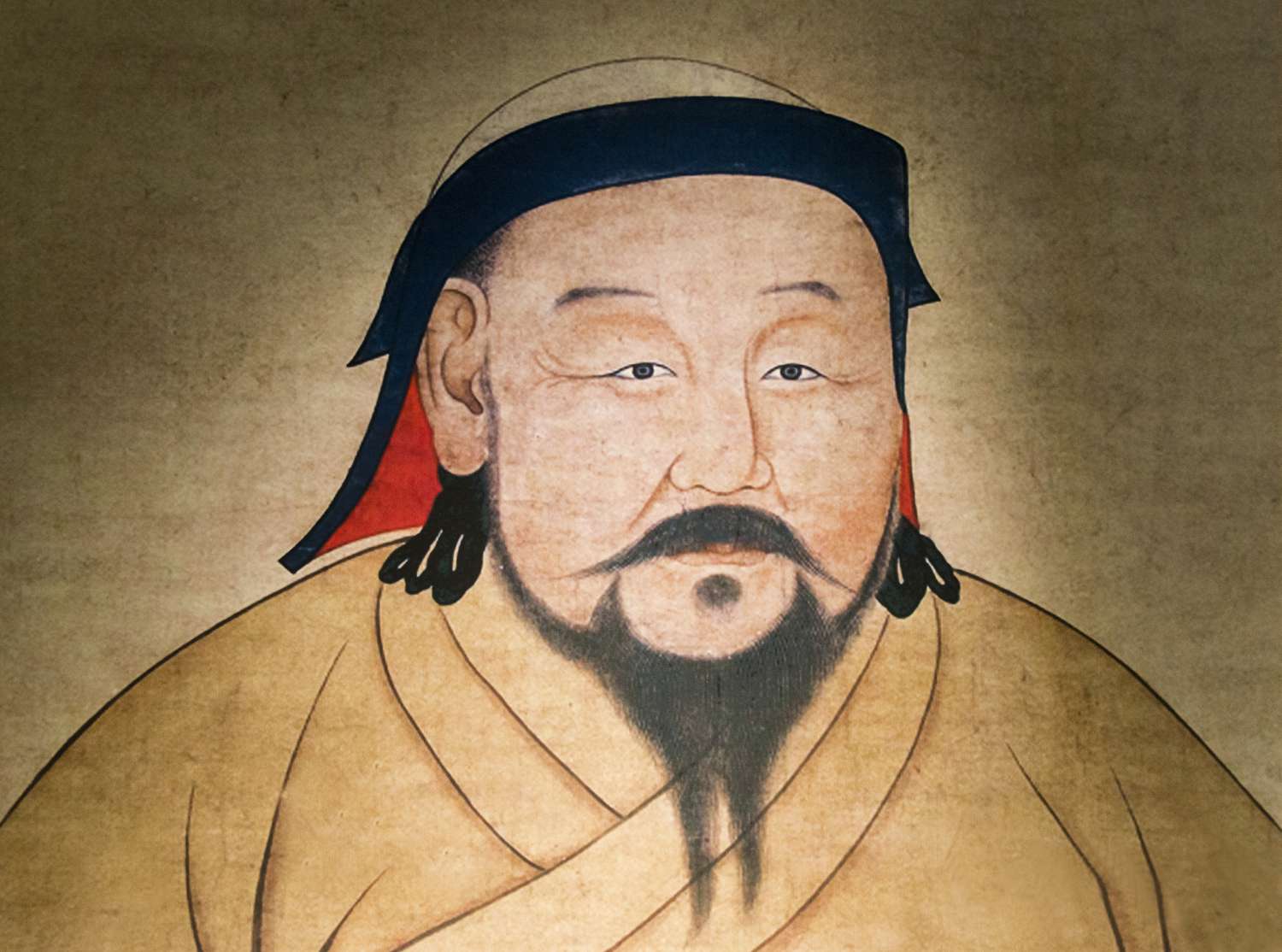Pareeshe Fatima
John Keats was an English Romantic poet born in London on October 31, 1795. He is considered one of the most influential figures in English Romanticism, alongside William Wordsworth and Samuel Taylor Coleridge. Keats’s life was tragically short, as he died at the age of 25 from tuberculosis. However, in his brief career, he managed to produce some of the most beautiful and influential poetry in the English language. Keats’s poetry is known for its sensuous imagery, musicality, and emotional depth. His most famous works include “Ode to a Nightingale,” “To Autumn,” and “Ode on a Grecian Urn.” Keats’s poetry often explores themes of beauty, mortality, and the power of the imagination. His poetic style is characterized by the use of vivid, sensory language to evoke intense emotional responses in the reader. Despite his untimely death, Keats’s influence on English literature has been profound, and his work continues to inspire and move readers today.
Negative capability, a concept introduced by the English poet John Keats, is a liberating state of mind. It allows an artist to engage with the world around them in a way that is open, imaginative, and free from the constraints of a single perspective or meaning. In this state, the artist is able to transcend their selfhood and identify with the experience of the object, allowing it to speak through them.
Keats’s perspective on negative capability was that it was not merely a state of passive acceptance of the unknown, but a transformative involvement with it. He believed that this active engagement with uncertainty, ambiguity, and paradox was crucial for artistic creation. It was a process that allowed the artist to delve into the depths of their own imagination and creativity, leading to profound shifts in their understanding and expression.
At the heart of Keats’s idea of negative capability was a recognition of the complexity and richness of human experience. He believed that art had the power to capture the concrete details of life while also revealing its deeper, more universal truths. In this sense, art was both a reflection of the world and a transcendent vision of it. This paradoxical relationship between the particular and the universal can be understood as the tension between the unique, individual aspects of a work of art and its broader, universal significance.
Keats’s concept of negative capability has had a profound impact, extending beyond the realm of literature. For instance, in philosophy, it has been used to explore the limits of human understanding and the nature of truth. In psychology, it has been applied to understand the complexities of human behavior and the role of uncertainty in decision-making. These examples demonstrate how negative capability can be a description of the open-mindedness and creativity necessary for scientific inquiry, as well as the capacity to embrace uncertainty and ambiguity in everyday life.
Concludingly, negative capability represents a fundamental shift in the way we think about creativity and art. It challenges us to embrace the unknown, explore the depths of our own imagination, and engage with the world in a way that is open, imaginative, and free from the constraints of a single perspective or meaning. By doing so, we can create works of art that capture both the truth and the beauty of human experience and that reveal the complex, paradoxical relationship between the particular and the universal. Personally, I have found that embracing negative capability has allowed me to see the world in a more nuanced and imaginative way, enriching both my artistic practice and my understanding of the world around me.
Please, subscribe to the YouTube channel of republicpolicy.com
















































